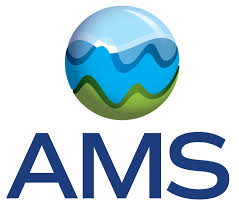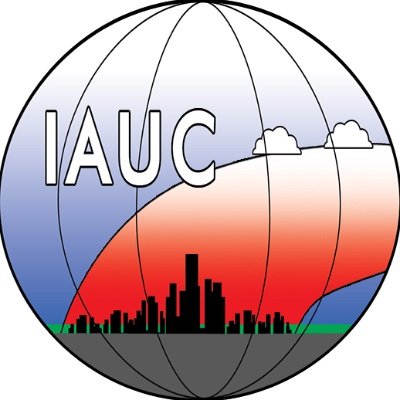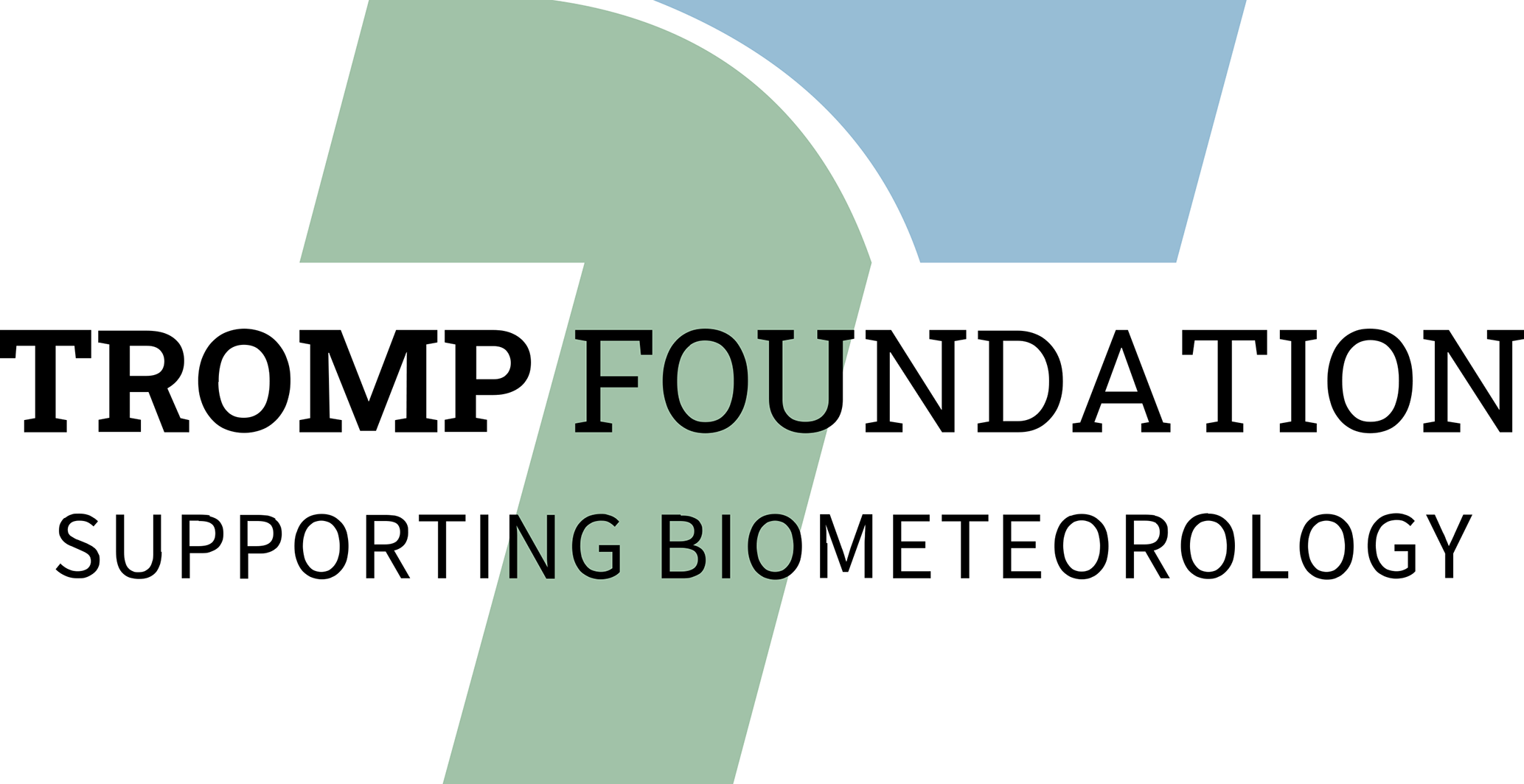S – Special Sessions
S1
Convener:
Monica Pena
|
Co-conveners:
Dev Niyogi,
Manmeet Singh,
Dru Crawley,
Zhonghua Zheng,
Qunshan Zhao,
N. Zhang,
Rafiq Hamdi
S4
Conveners:
Andreas Matzarakis,
Christos Giannaros
|
Co-conveners:
Tania Sharmin,
Tzu-Ping Lin,
Ales Urban,
Oded Potchter,
Bao-Jie He
S6
Convener:
Cenlin He
|
Co-conveners:
Yun Qian,
Maria de Fatima Andrade,
Alberto Martilli,
Guy Brasseur
S8
Conveners:
Peter Hoffmann,
Oscar Brousse
|
Co-conveners:
James Milner,
Clare Heaviside,
Sabine Fritz,
Charles Simpson
S10
Convener:
Negin Nazarian
|
Co-conveners:
Lei Zhao,
Andrew Jones,
Matei Georgescu,
Jennifer Salmond,
Rafiq Hamdi,
Quang-Van Doan,
Yongling Zhao,
Winston T.L. Chow
S11
Convener:
Franziska Stefanie Hanf
|
Co-conveners:
Juliana Goncalves,
Gaby Langendijk,
Jana Sillmann,
Jörg Knieling,
K. Heinke Schlünzen
S13
Conveners:
Fanhua Kong,
Ariane Middel
S14
Conveners:
David Pearlmutter,
Or Aleksandrowicz
S17
Conveners:
Shreya Banerjee,
Tim De Kock,
Lola Kotova
|
Co-conveners:
Johanna Leissner,
Daniel Lückerath,
Scott Orr
S21
Convener:
Jorge Gonzalez-Cruz
|
Co-conveners:
Prathap Ramamurthy,
Robert Bornstein,
Madhusmita Swain
S23
Conveners:
Young-Hee Ryu,
Kyung-Hwan Kwak




